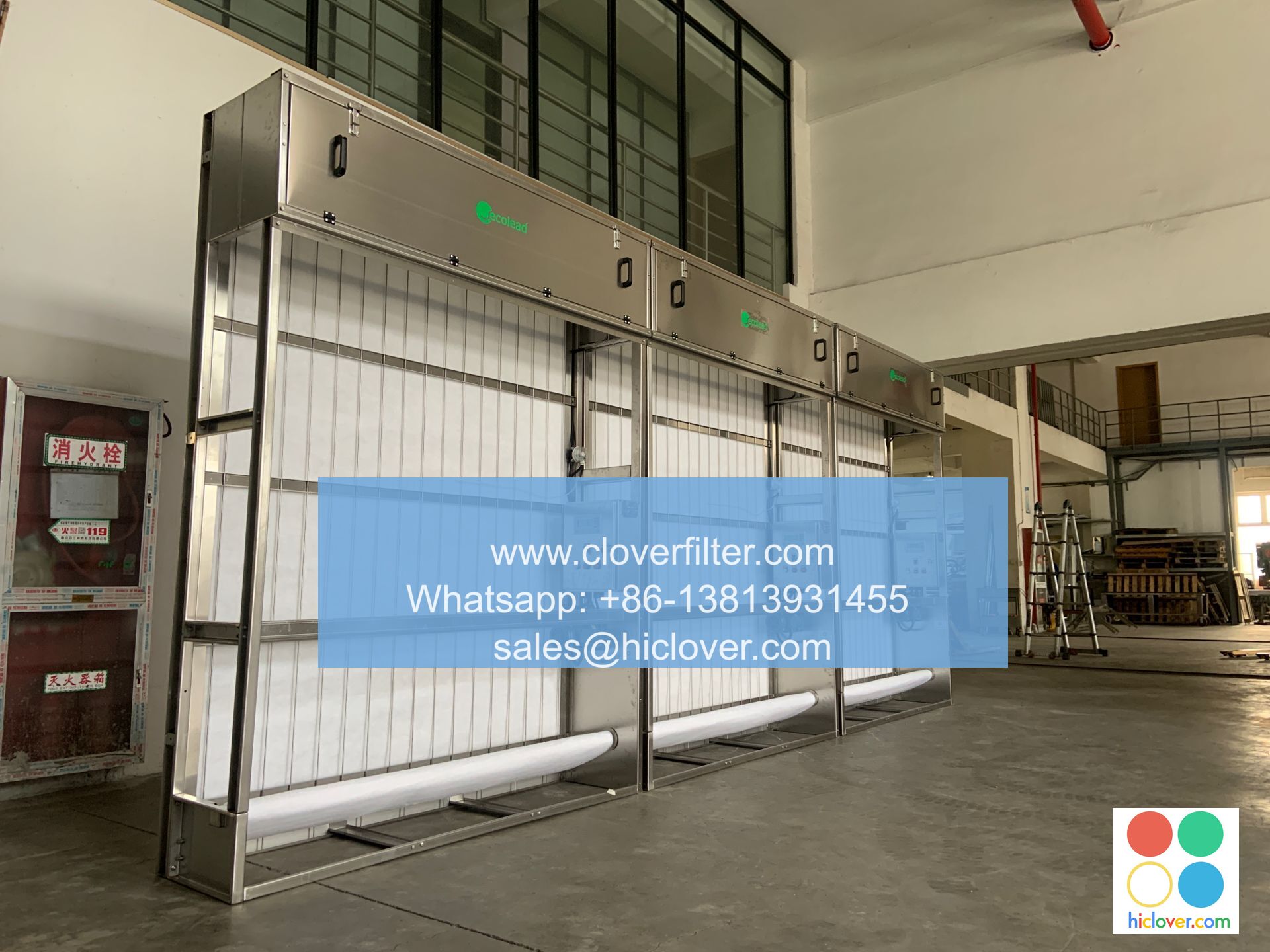How to Measure Air Filter Pressure Drop: A Step-by-Step Guide

How to Measure Air Filter Pressure Drop: A Step-by-Step Guide
Introduction
Measuring air filter pressure drop is a critical process in ensuring the performance and efficiency of air filters in various industrial and commercial applications. Air filter pressure drop refers to the reduction in air pressure caused by the air filter in a system. High pressure drop can lead to reduced airflow, increased energy consumption, and decreased system performance. In this article, we will provide a step-by-step guide on how to measure air filter pressure drop and its importance in different applications.
Why is Measuring Air Filter Pressure Drop Important?
Measuring air filter pressure drop is crucial in various industries, including:
- HVAC systems: High-efficiency air filters can lead to increased pressure drop, reducing airflow and increasing energy consumption.
- Industrial processes: In industries such as food processing, pharmaceuticals, and manufacturing, air filters play a critical role in maintaining air quality and purity.
- Data centers and server rooms: High-pressure drop can lead to reduced airflow and increased downtime in these critical environments.
- The system is turned off and empty
- The filter is clean and free of debris
- The atmosphere is calm and free of high winds or drafts
- Ensure accurate measurements by using a high-precision differential pressure gauge or manometer.
- Regularly clean and maintain air filters to prevent high pressure drops and reduced airflow.
- Consider using high-efficiency air filters that can reduce pressure drop while maintaining air quality.
- Monitor and adjust system design, flow rates, and filter selection to minimize pressure drop and optimize performance.
Step-by-Step Guide to Measuring Air Filter Pressure Drop
Here’s a step-by-step guide to measuring air filter pressure drop:
Step 1: Prepare the Area
Before measuring air filter pressure drop, ensure the following:
Step 2: Determine the System’s Pressure Drop
Measure the system’s pressure drop using a differential pressure gauge or manometer. This will establish the baseline pressure drop before introducing the air filter.
Step 3: Insert the Air Filter
Insert the air filter into the system, ensuring it is properly seated and secured.
Step 4: Remeasure the System’s Pressure Drop
Measure the system’s pressure drop again using a differential pressure gauge or manometer. This reading will show the increased pressure drop caused by the air filter.
Step 5: Calculate the Air Filter’s Pressure Drop
Calculate the air filter’s pressure drop using the following formula:
Air Filter Pressure Drop = New System Pressure Drop – Original System Pressure Drop
Tips and Considerations
Conclusion
Accurate measurement of air filter pressure drop is crucial in maintaining optimal system performance, reducing energy consumption, and ensuring air quality in various applications. By following this step-by-step guide, you can ensure proper measurement and optimization of air filter pressure drop in your HVAC, industrial, or data center systems. Remember to regularly monitor and maintain air filters to prevent high pressure drops and reduced airflow, and consider high-efficiency air filters that can reduce pressure drop while maintaining air quality.
I’m here to help. What would you like to talk about or work on?

